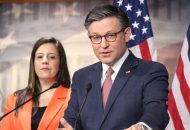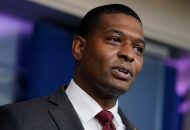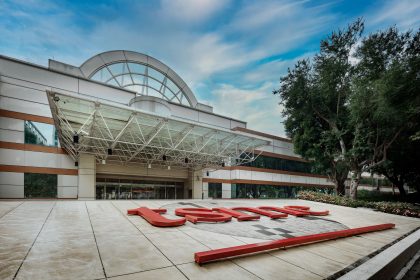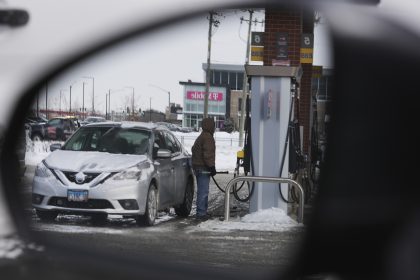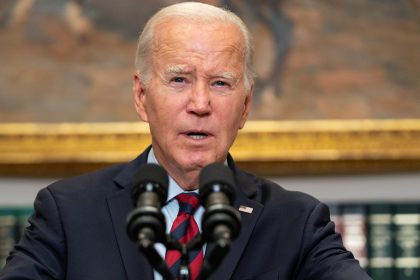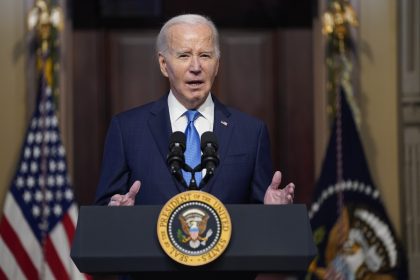Employers Added 943,000 in July in Sign Economy Will Weather Delta Variant
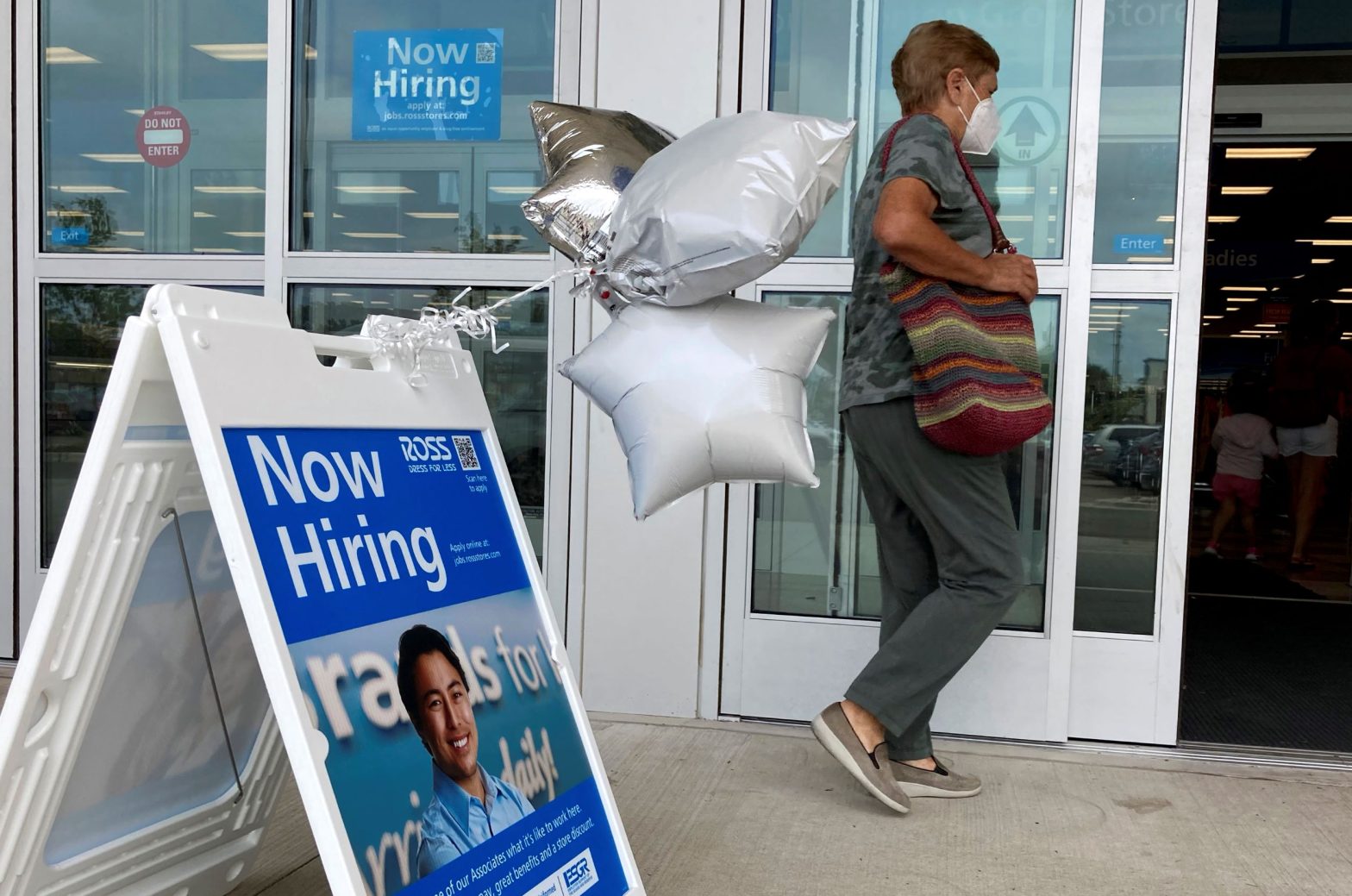
Employers added 943,000 jobs in July and drove the unemployment rate down by 5.4%, with leisure and hospitality, local government, education and business services leading in the hiring, the Labor Department said Friday.
In remarks delivered at the White House, President Joe Biden said the report is a clear sign that the economy will weather the pandemic — and the delta variant surge in some communities — crediting in part his administration’s efforts to encourage workers to get coronavirus vaccinations.
“We will doubtless have ups and downs along the way as we continue to battle the delta surge of COVID,” Biden said Friday morning, reiterating his contention that at this point the coronavirus is a “pandemic of the unvaccinated.”
“What is indisputable now is the Biden plan is working, the Biden plan produces results, and the Biden plan is moving the country forward,” he said.
Leisure and hospitality businesses, which were hit hard by lockdowns last year, added 380,000 jobs, with about two-thirds of the job gains — 253,000 added — being at food services and drinking establishments. Employment also continued to increase in accommodation, with 74,000 new hires, and in arts, entertainment, and recreation, where 53,000 jobs were added.
The education sector also did well, though the Labor Department’s Bureau of Labor Statistics noted staffing fluctuations due to the pandemic have distorted its normal seasonal buildup and layoff patterns.
Instead of letting teachers go as they have in the past, schools kept more workers on the payroll, creating a larger seasonal adjustment upward in the number of teaching jobs.
Local government added at total 221,000 education jobs, after a jump in June, while 40,000 jobs were added in private education.
Manufacturing and construction showed more modest increases, hampered by higher goods prices and the ongoing shortage of semiconductors and other components. Employment in manufacturing increased by 27,000 in July, largely in durable goods manufacturing.
Within durable goods, the biggest job gains occurred in machinery — up 7,000 jobs — and miscellaneous durable goods manufacturing, up 6,000 new hires.
Meanwhile, hiring in the construction and wholesale trade sectors was flat.
Employment in professional and business services jumped by 60,000, a sign that the white-collar sector is on the upswing.
Adding to the good news in Friday’s report: Upward revisions for May and June rounded out the positive picture, with the Bureau of Labor Statistics lifting the gain for May by 31,000 and the increase in June by 88,000.
“Today’s jobs report is decisive proof that Democrats’ Build Back Better economy is working,” House Speaker Nancy Pelosi said. “Under President Biden and the Democratic Majorities in Congress, millions of good-paying jobs have been created, paychecks are surging, the economy is growing at the fastest rate in nearly forty years and the share of Americans living in poverty is set to reach the lowest level on record.
“Now, we must sustain this growth and ensure that all can share in its benefits, by passing transformative infrastructure and reconciliation bills that truly meet families’ needs,” she said.
Despite the hiring gains, many managers report difficulty in finding applicants for open positions.
A recent survey of 230 human resource executives by the Conference Board found that companies are finding it increasingly difficult to hire qualified workers.
This was particularly true for companies seeking industrial or manual services workers. Eighty percent of such companies reported it was “somewhat” or “very” difficult to find qualified workers, compared to 74% who expressed that opinion in polling before the pandemic.
Among companies with professional or office workforces, the numbers are 60% and 59% respectively.
“Before the pandemic, industry and manual services workers were high in demand and short in supply,” said Frank Steemers, a co-author of the survey report and senior economist at the board, in a written statement. “While this changed at the onset of the pandemic, as the economy reopens this trend is resurfacing – and fast.”











